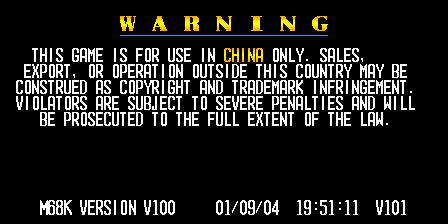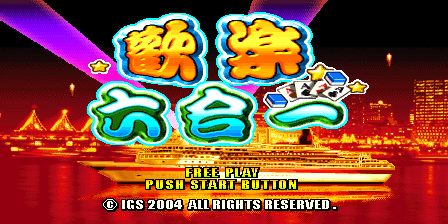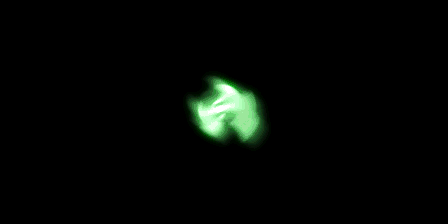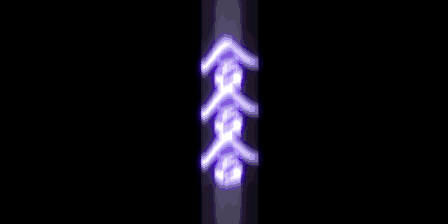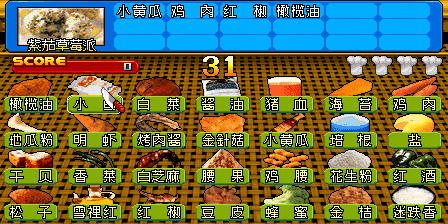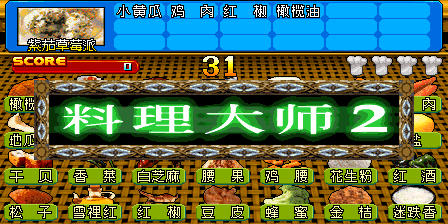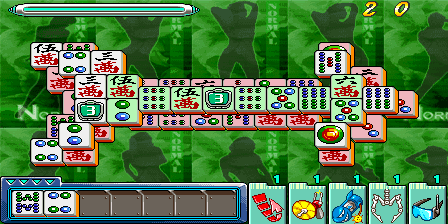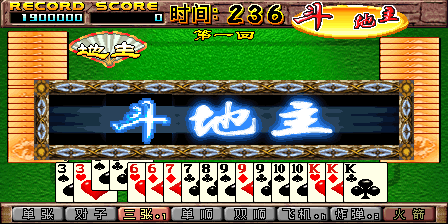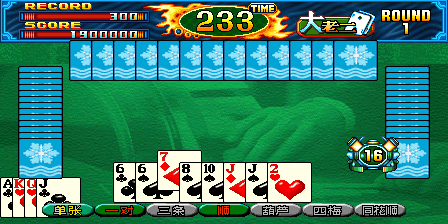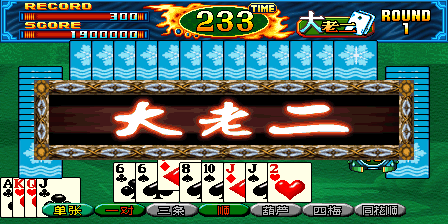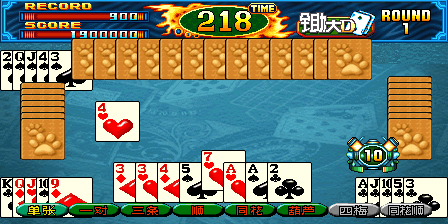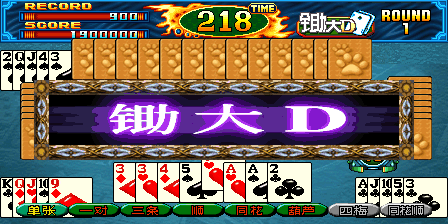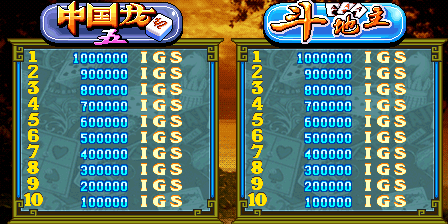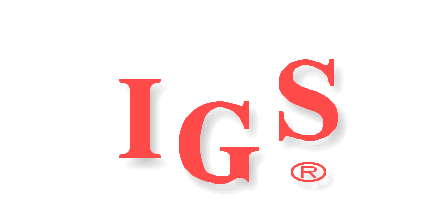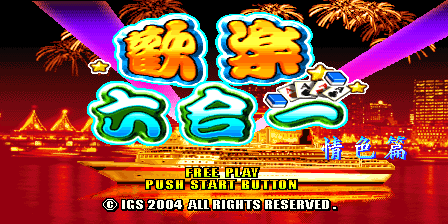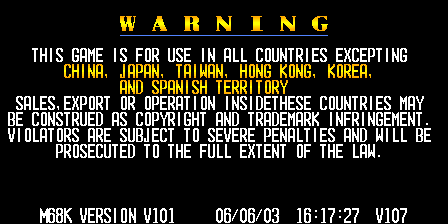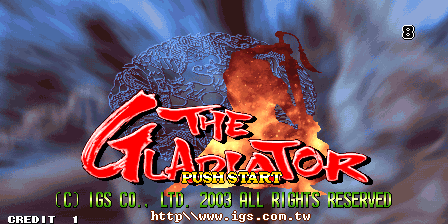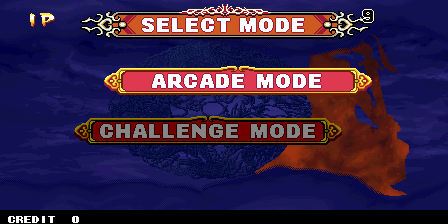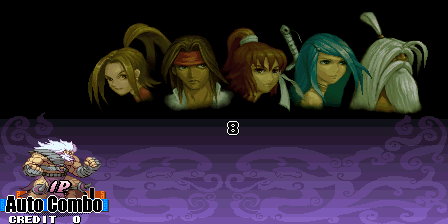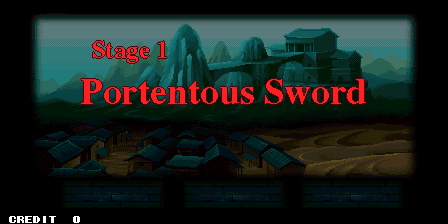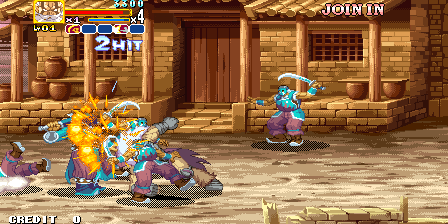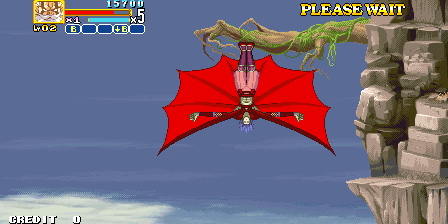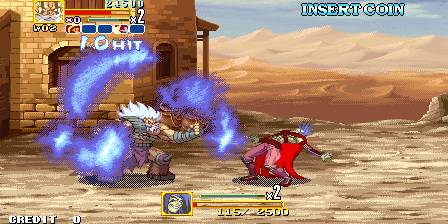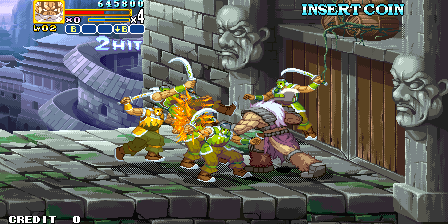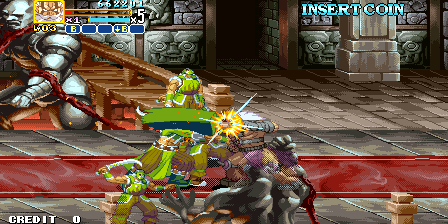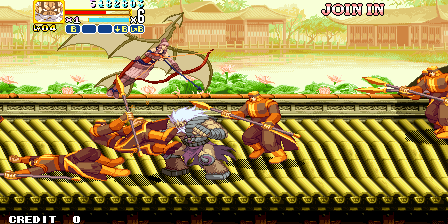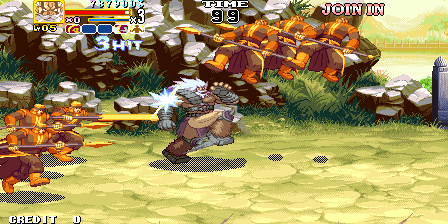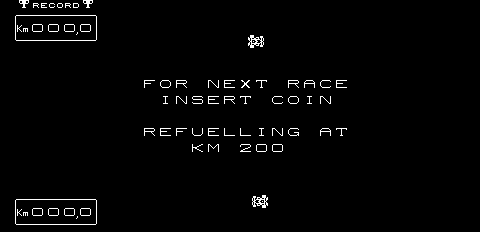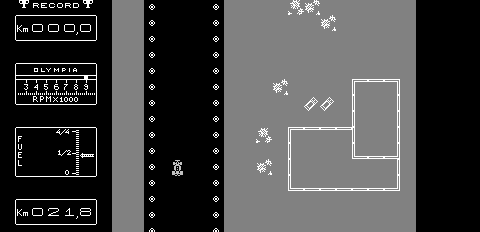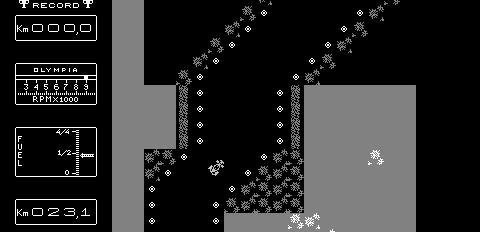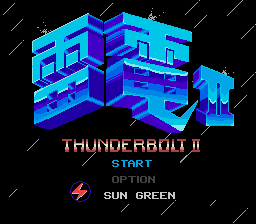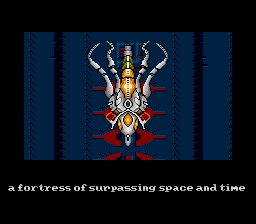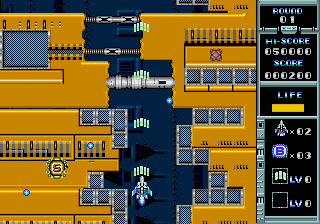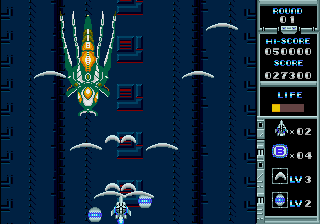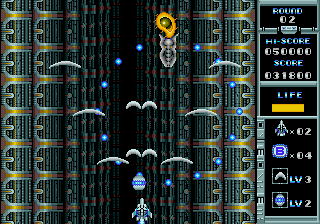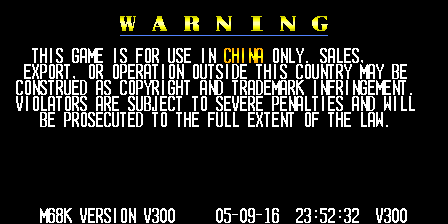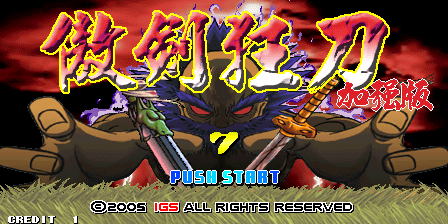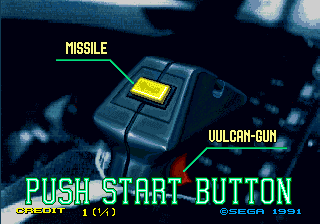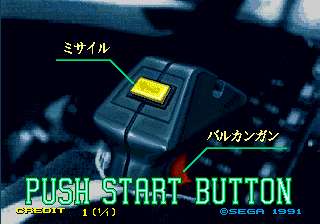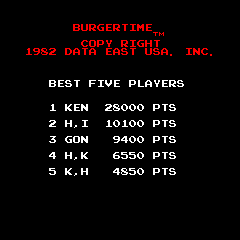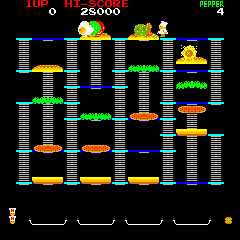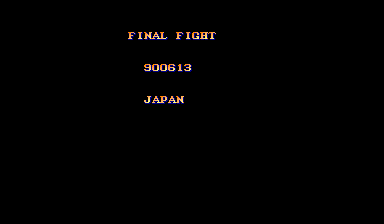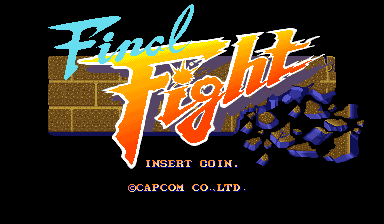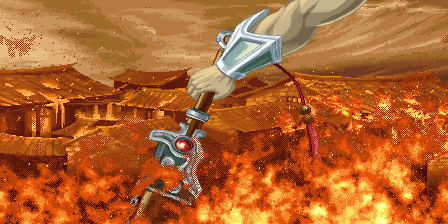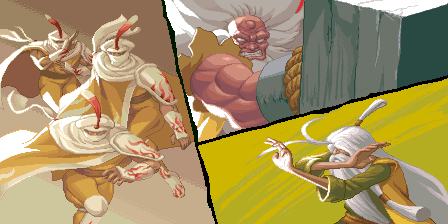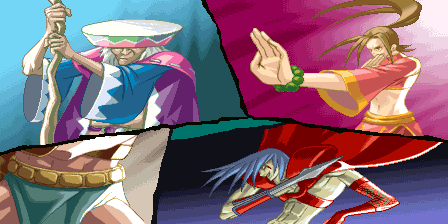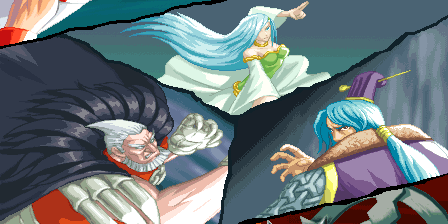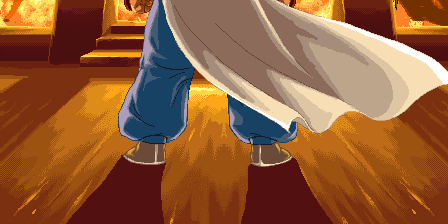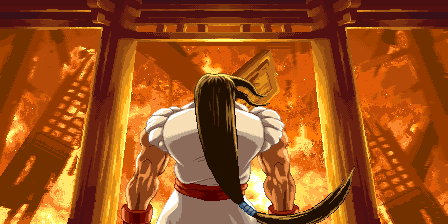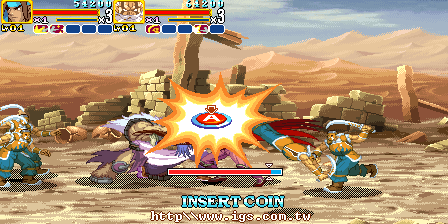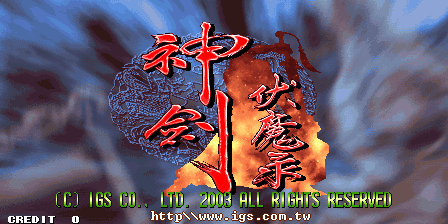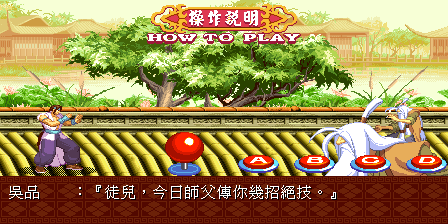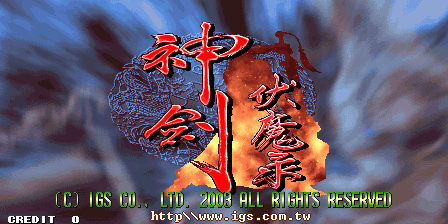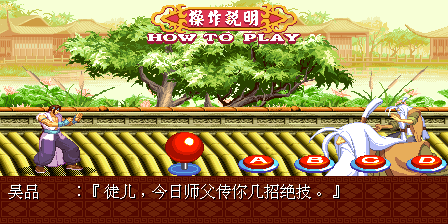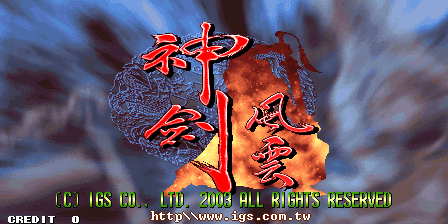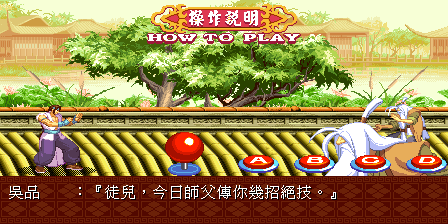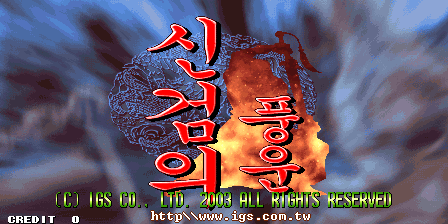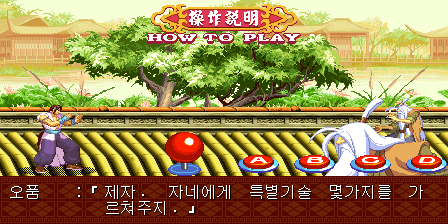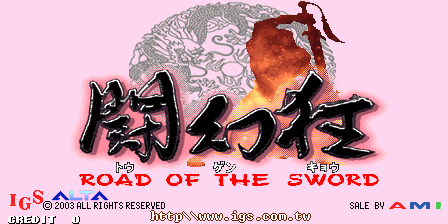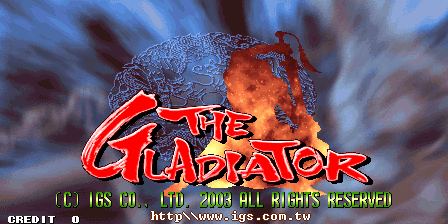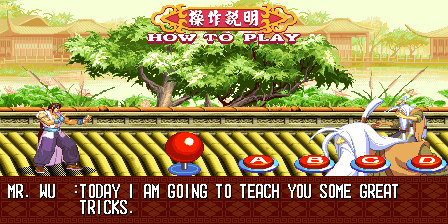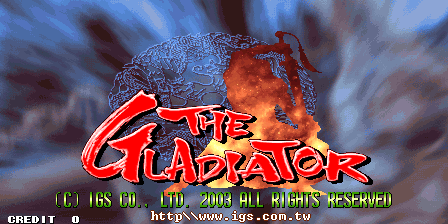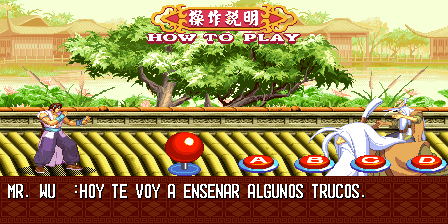As mentioned in the Arcadia update ‘Unigame’ also has a vast stash of protos from a number of manufacturers, and early possibly proto versions of many other games. If you’ve been following in the past you’ll have seen the mention of the Taito Bubble Bobble 2 and Growl prototypes but the fun certainly doesn’t stop there.
First up there is a prototype of Super Chase from a point in development where the code name shown in test mode is still ‘Chase 3’ (ie Chase HQ 3)
This lacks a lot of polish, especially in the intro, but still resembles the final game and could in theory have been used as a location test. Original game is on the left, proto (much darker colours) on the right.
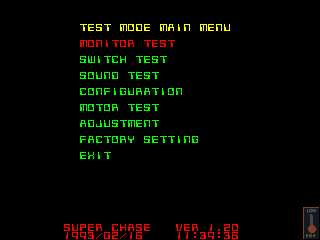
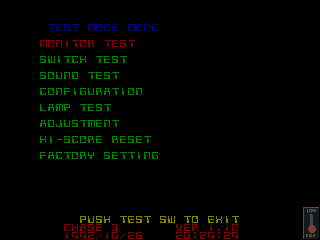
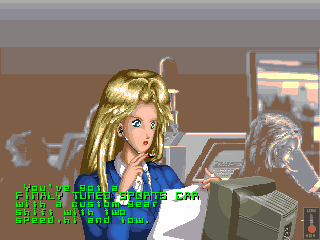
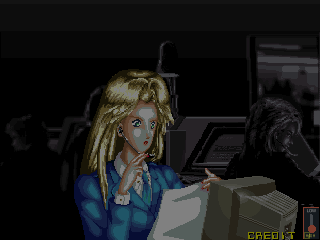
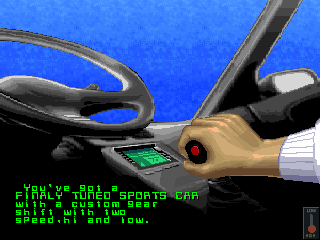
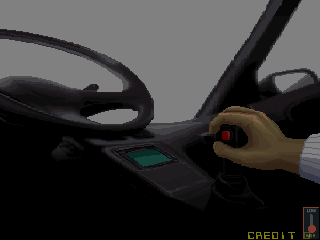

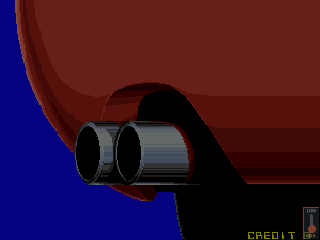
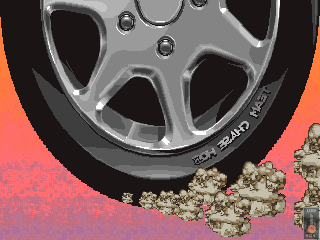
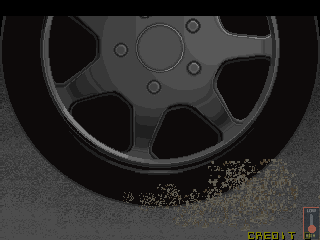

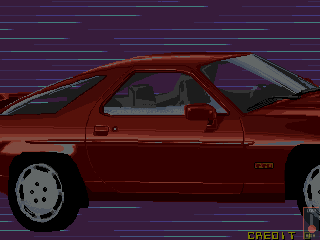
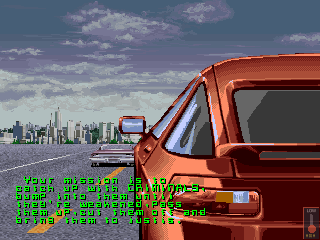
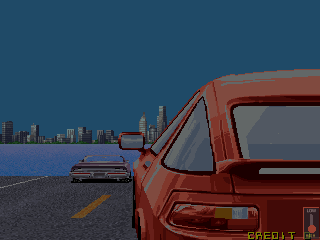
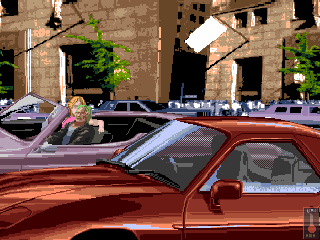
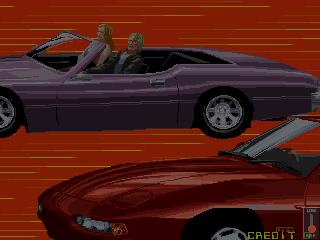
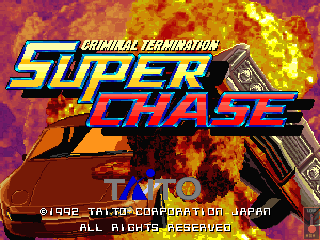

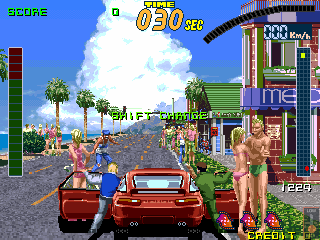
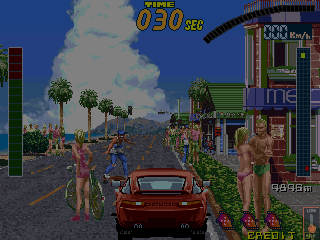
Next up is a prototype of Chase Bombers, this is significantly different from the final retail version and seems very glitchy, including a number of bad (placeholder?) sprites and bad colours for many objects. It is unclear at this point if all these glitches happen on the PCB or not. It’s clearly a development revision, and seems unlikely it was used by the public even for testing. Hopefully we can get a video of the original PCB running at some point.
You can see the rear view mirror at the top of the screen in the proto (moved to be nice little indicators at the bottom in the final) and different placement of most UI items. There’s no manual / automatic selection, and even test mode is a mess when it comes to button mappings / options working. This is clearly an early build in the middle of development.
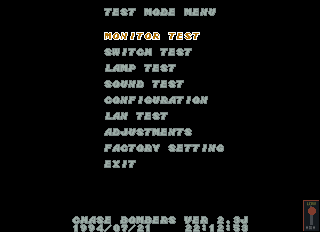
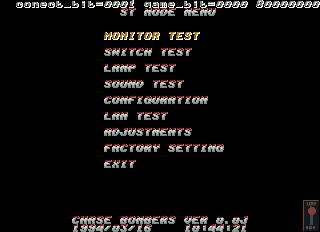
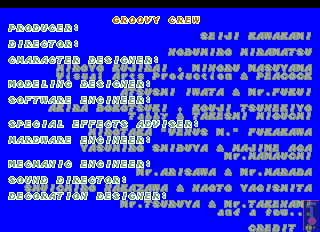
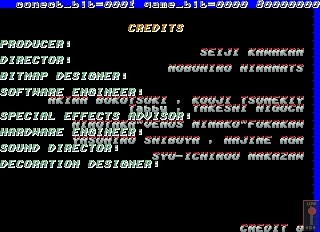

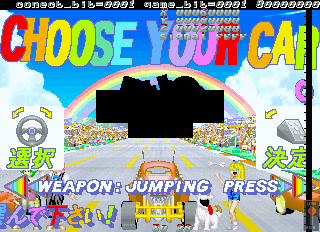
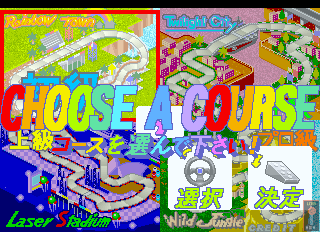
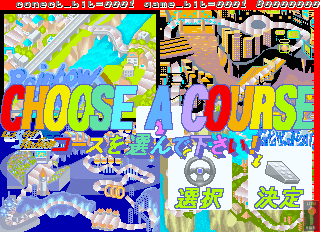
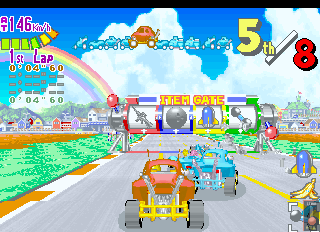
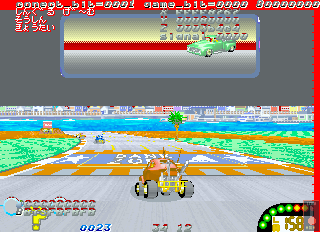
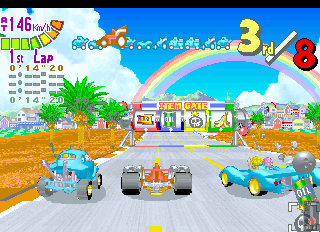
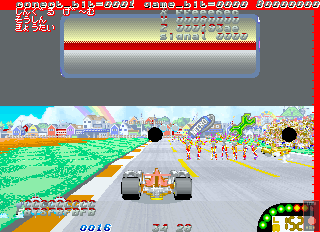
There was also a Cadash prototype, unfortunately large parts of the PCB, including many roms were covered in a layer of epoxy. For the time being I’m using the graphic + sound roms from the final game to run this, it’s possibly Taito only covered the PCBs with epoxy once the final mask roms etc. had been put into development (to prevent further changes to the graphics) because it does *appaer* to work with the final graphics, unlike the above protos which have and need different everything!
I’m not sure exactly what the changes are, clearly it’s less polished, and doesn’t seem to have working link-up code yet, nor a complete attract sequence, but I’m not really familiar with the original game. Clearly the translation differs slightly, and the placement of some UI elements like the time is moved too. The behavior in attract mode seems to suggest some game features (magic use?) might be different too but I’m not sure.
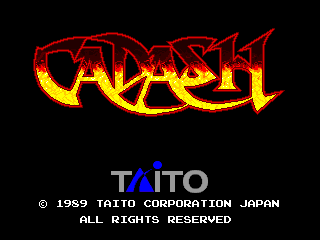
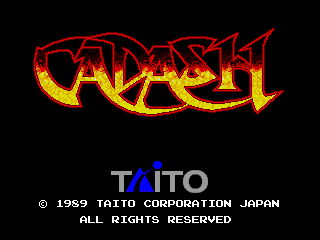
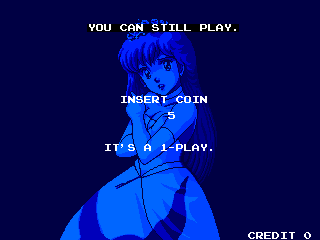
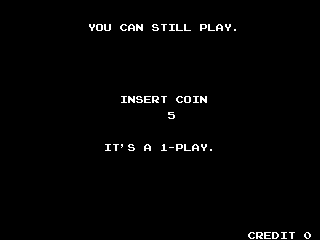
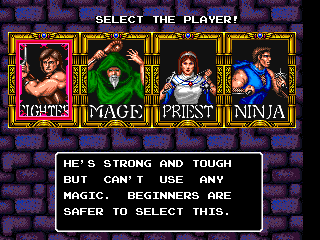
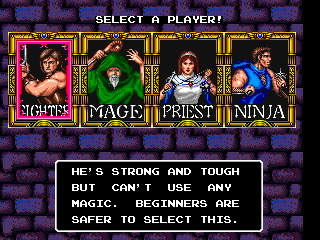
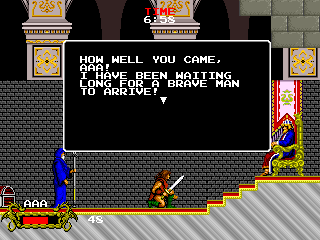
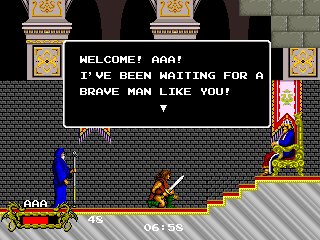
Moving away from Taito there is also a prototype of Capcom’s 1942. This runs on significantly different hardware to the final game, including different port addresses for almost everything (for some reason the test mode shows the addresses for the regular retail board, but the code is clearly incomplete)
Instead of using PROMs for the colours this uses Palette RAM, with a single look-up prom for sprite colours (same as the final game) Background colour banking is therefore done by writing a new palette rather than a bank register. The I/O mapping is also different as mentioned, the sprite format is different too.
Gameplay-wise you can also tell it’s a proto, there are some flaws in the design, for example the powerups enemies drop don’t move down the screen, they simply stay where they get dropped, this actually (rather frequently) makes them impossible to pick up because your plane can’t move the full area of the screen, oops! Sadly the PCB has sustained a heavy blow at some point in the past and the window on the sound rom is smashed, the game works fine with the retail rom, and it’s possible it was the same, but we’ll probably never know for sure as these protos are almost certainly one-off builds.
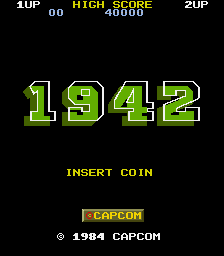
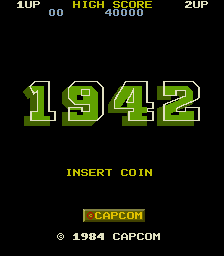

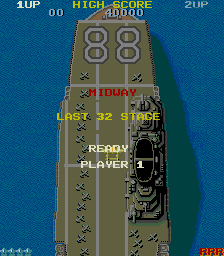
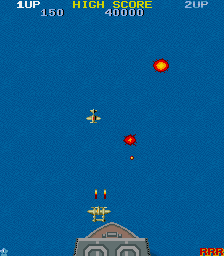
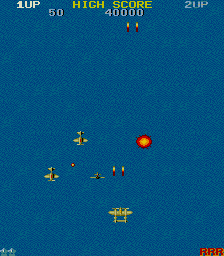
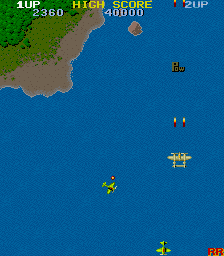
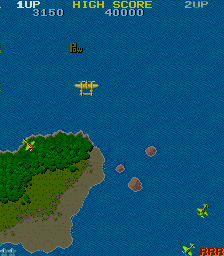

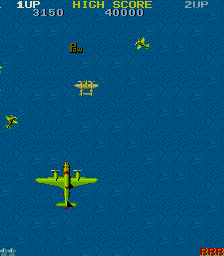
He also had alt versions of “4 en Raya”, “The First Funky Fighter” and “Brick Zone” which have been added, although it isn’t immediately obvious if those are prototypes. 4 en Raya and Funky Fighter were added and work. Brick Zone has version 1.1 strings in the ROM (the working versions in MAME are 4.0 and 5.0) but also has different protection, hopefully Luca will look at it as he did an excellent job with the Suna games / sets we have emulated right now.
The last board was a Data East Cobra Command (the Laserdisc game). This is also possibly a proto or the Japanese version (although it had English labels stating Cobra Command) and has significantly less graphic data than the other sets in the driver. It doesn’t work, and it’s entirely possible that when it does it will need another Laserdisc that no longer exists. I’m not in any way familiar with the LD hardware types so somebody else will need to take care of that.
Keep in mind this was over 16-hours of dumping work for the person involved (there were 62 roms on the Chase Bombers PCB alone) and also only possible thanks to the kindness of Unigame in allowing for his collection to be dumped. Obviously when dealing with prototypes like this you’re seeing things you’ll probably never see again, boards that were simply left-over from testing and development cycles with unique, often buggy revisions of code on them, but if you like to study that kind of thing then it’s all part of a fascinating process showing how the games came to be and in some cases (like 1942) how the hardware also evolved during that process. There’s still more where these came from!


















